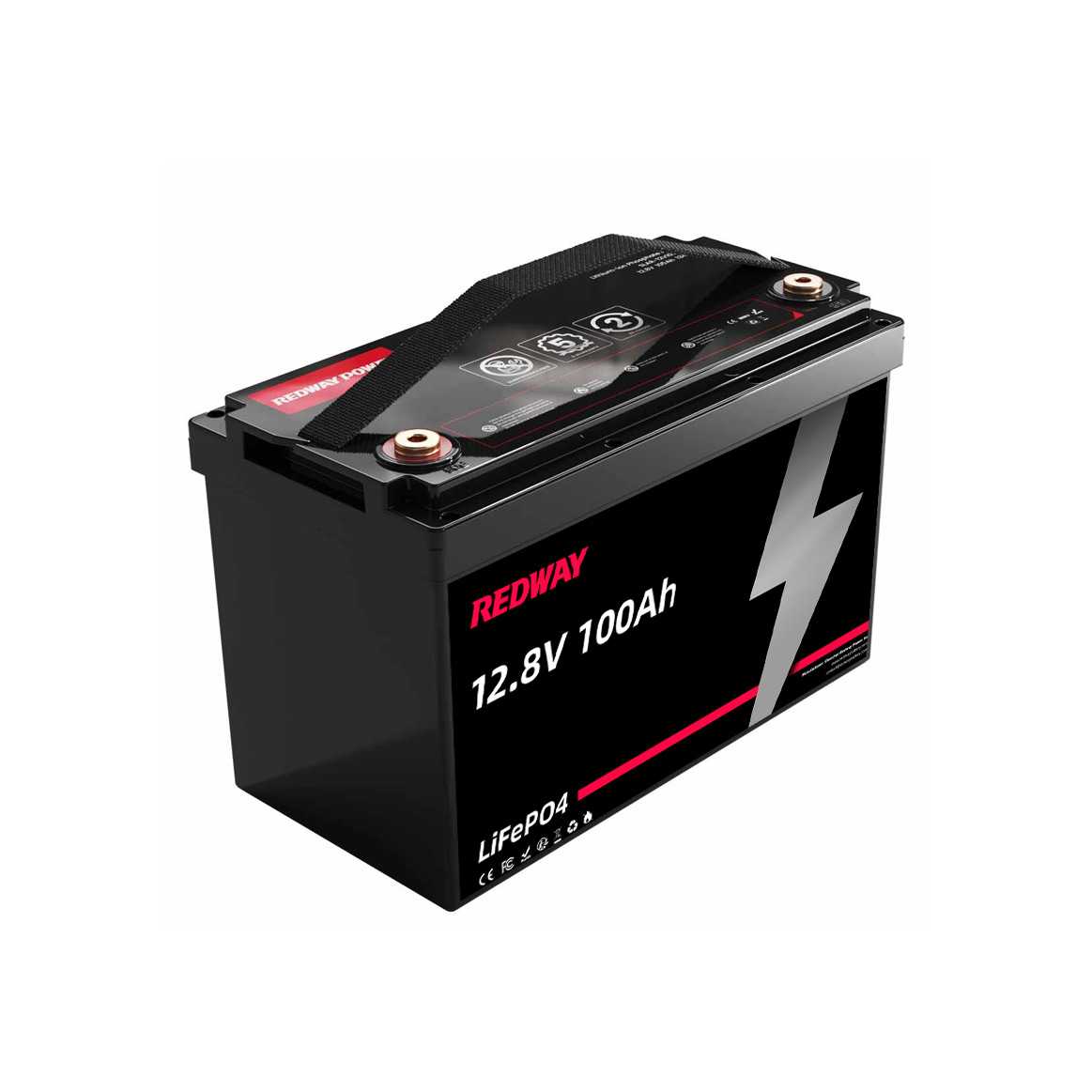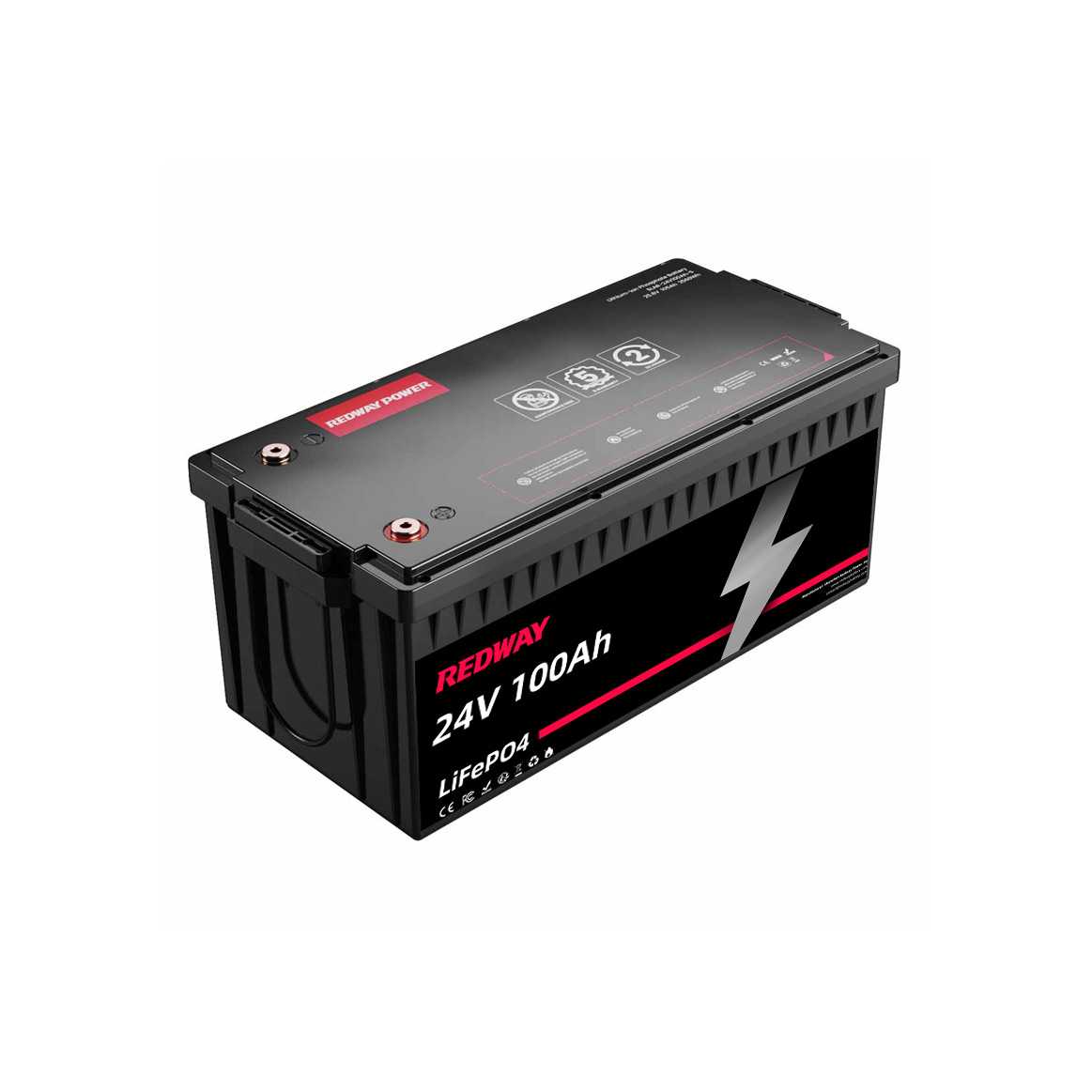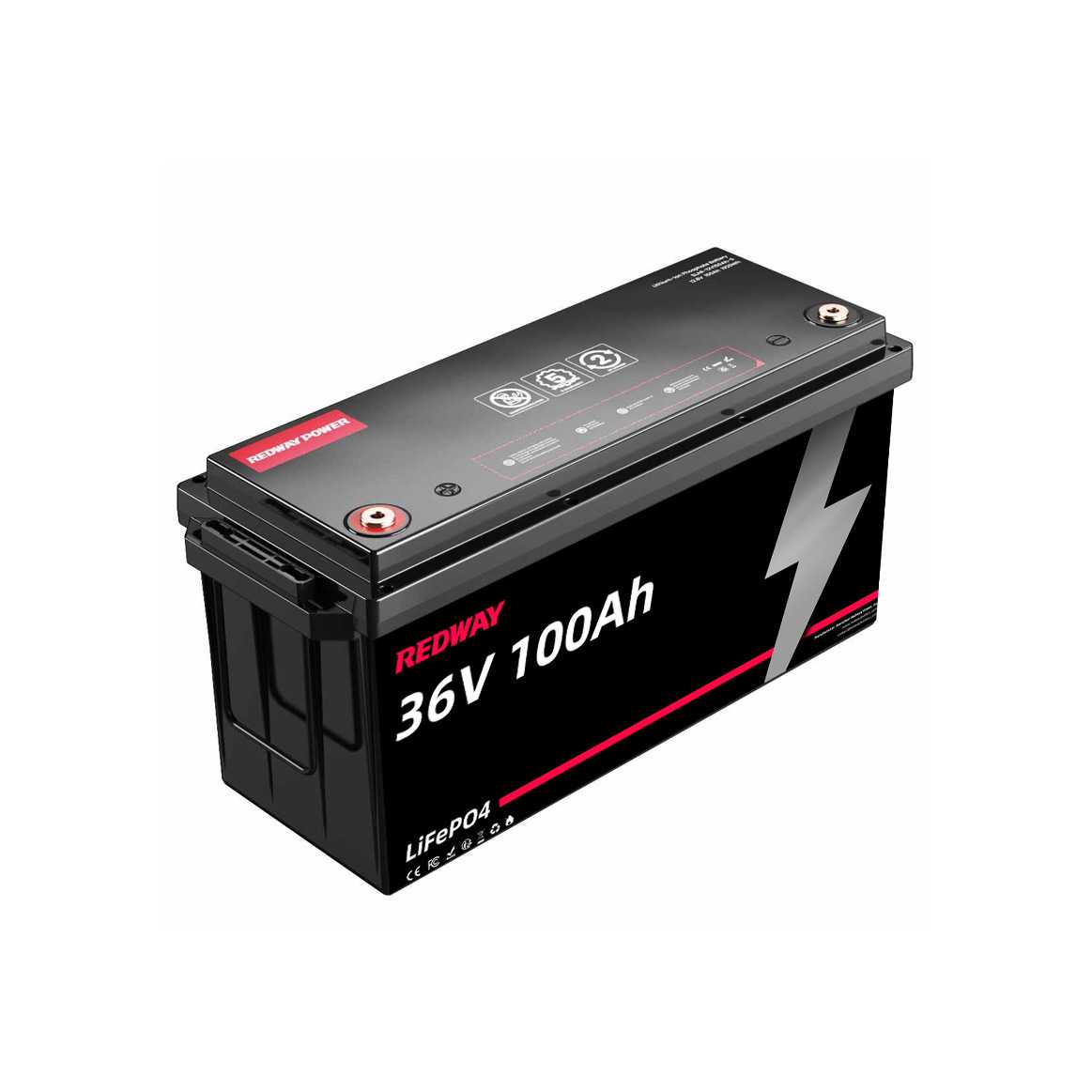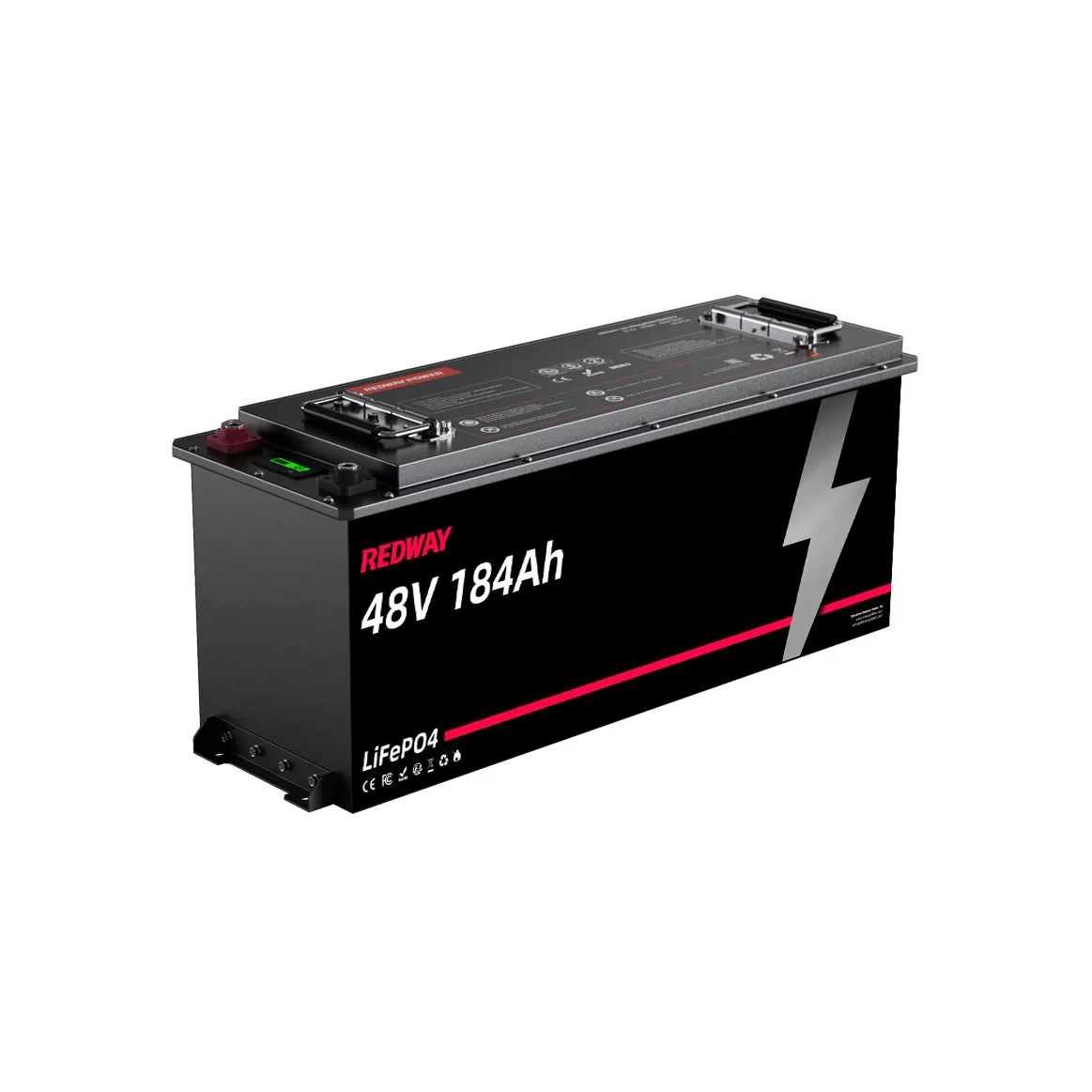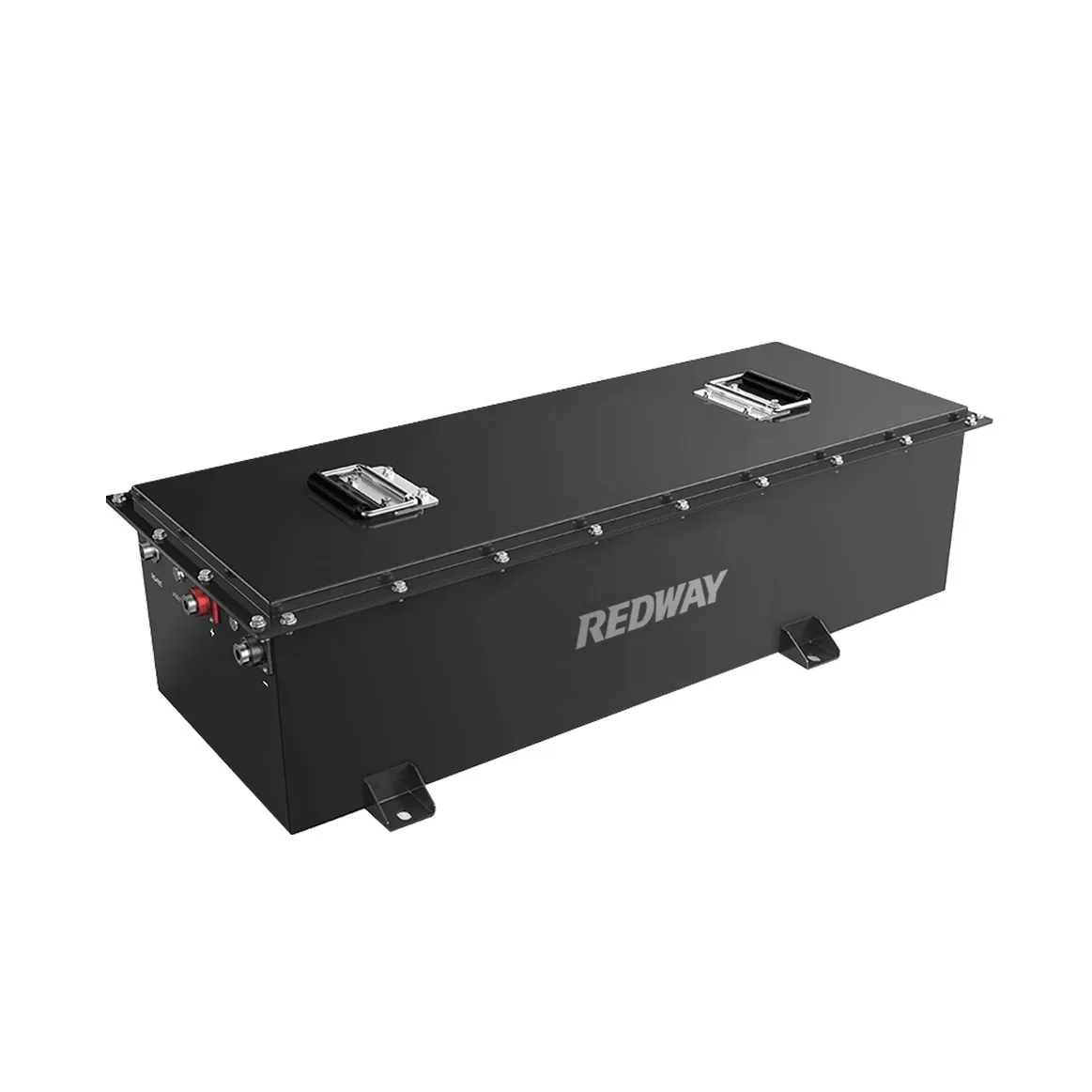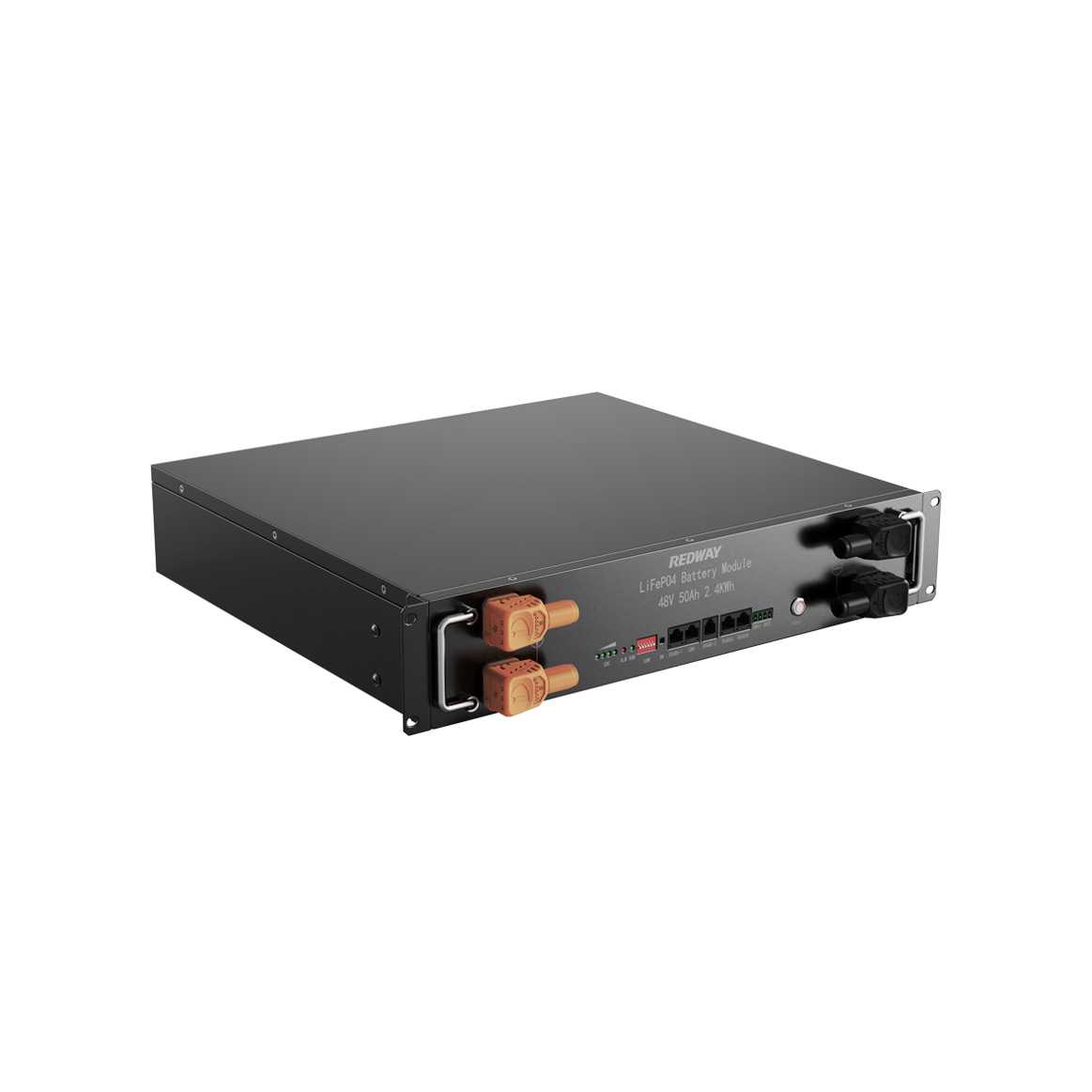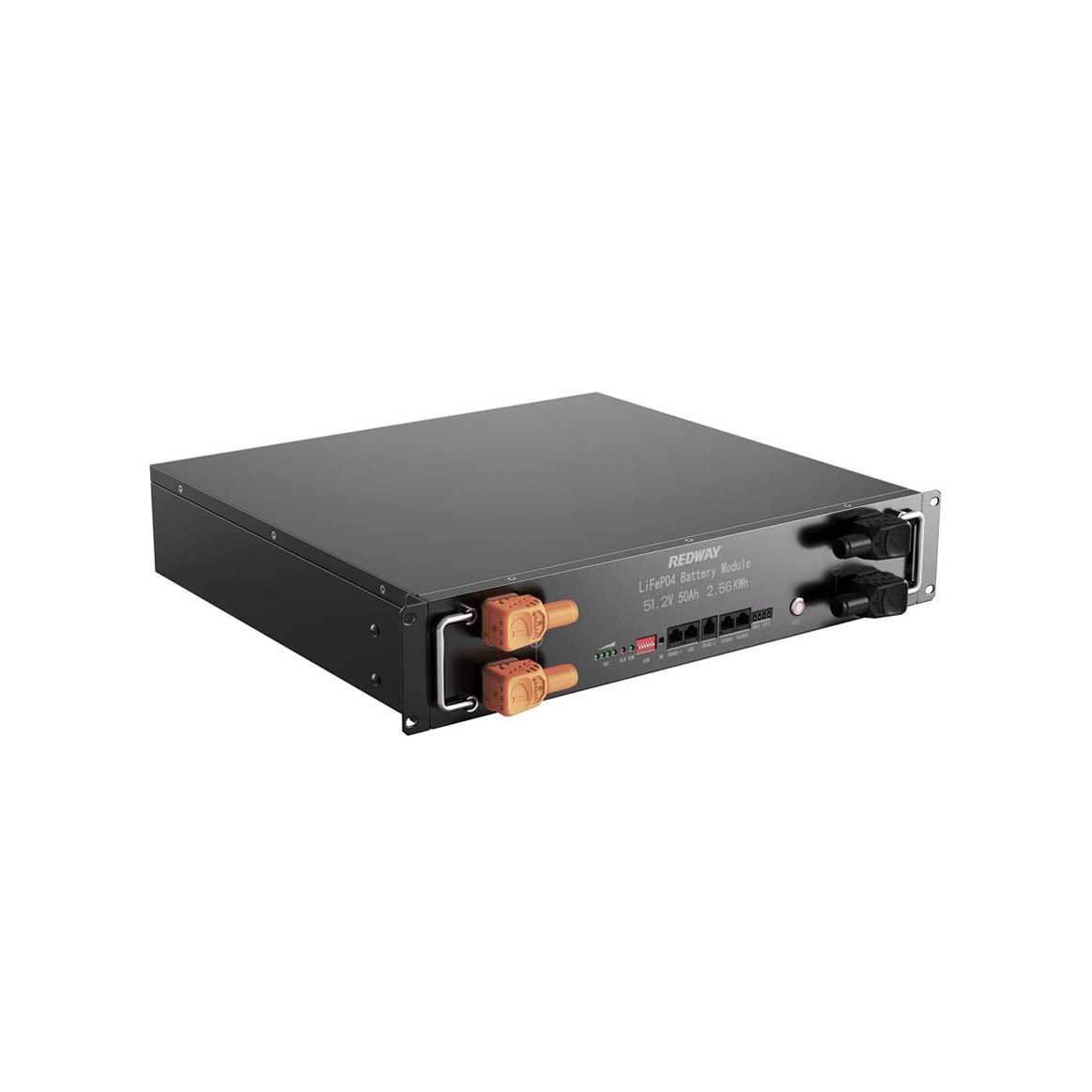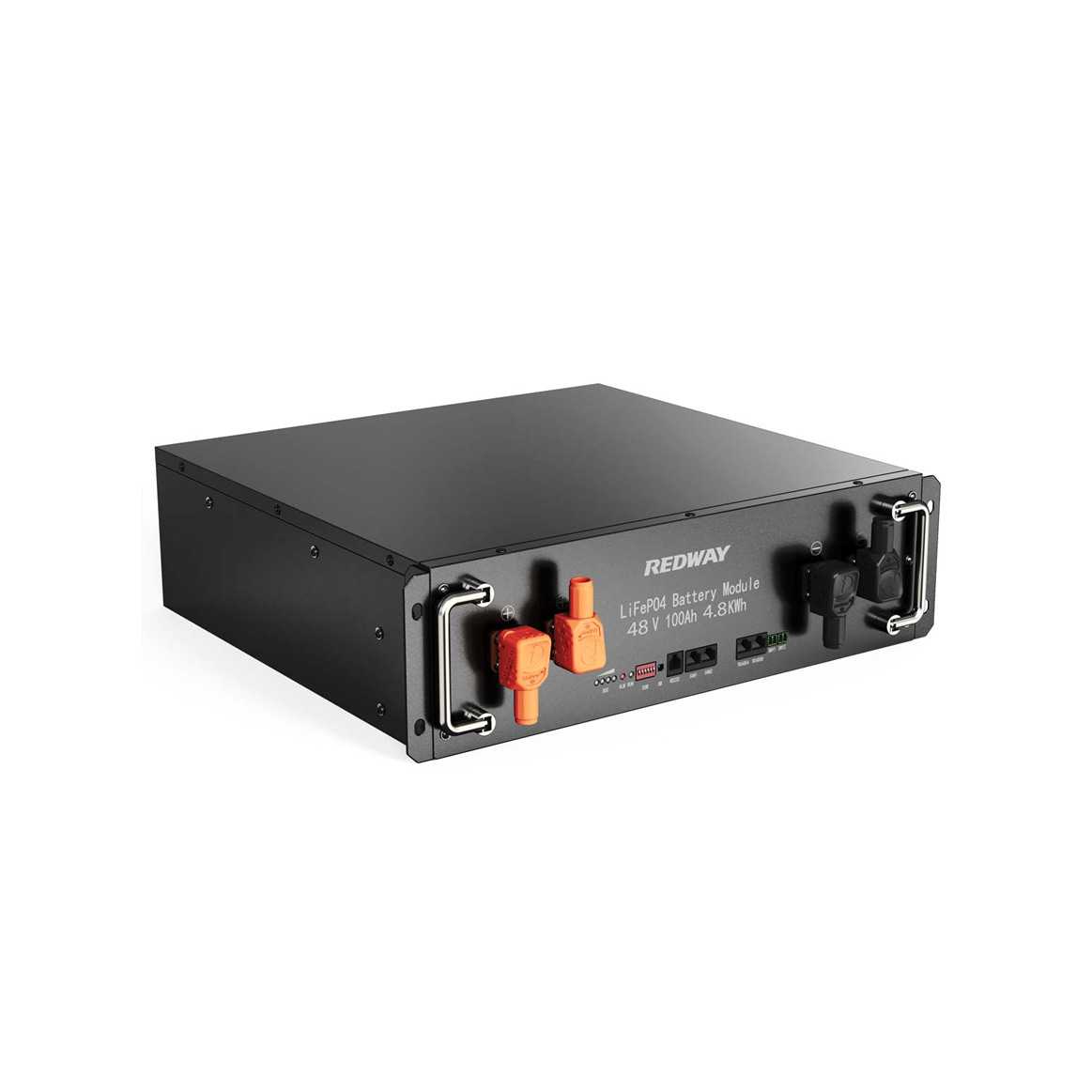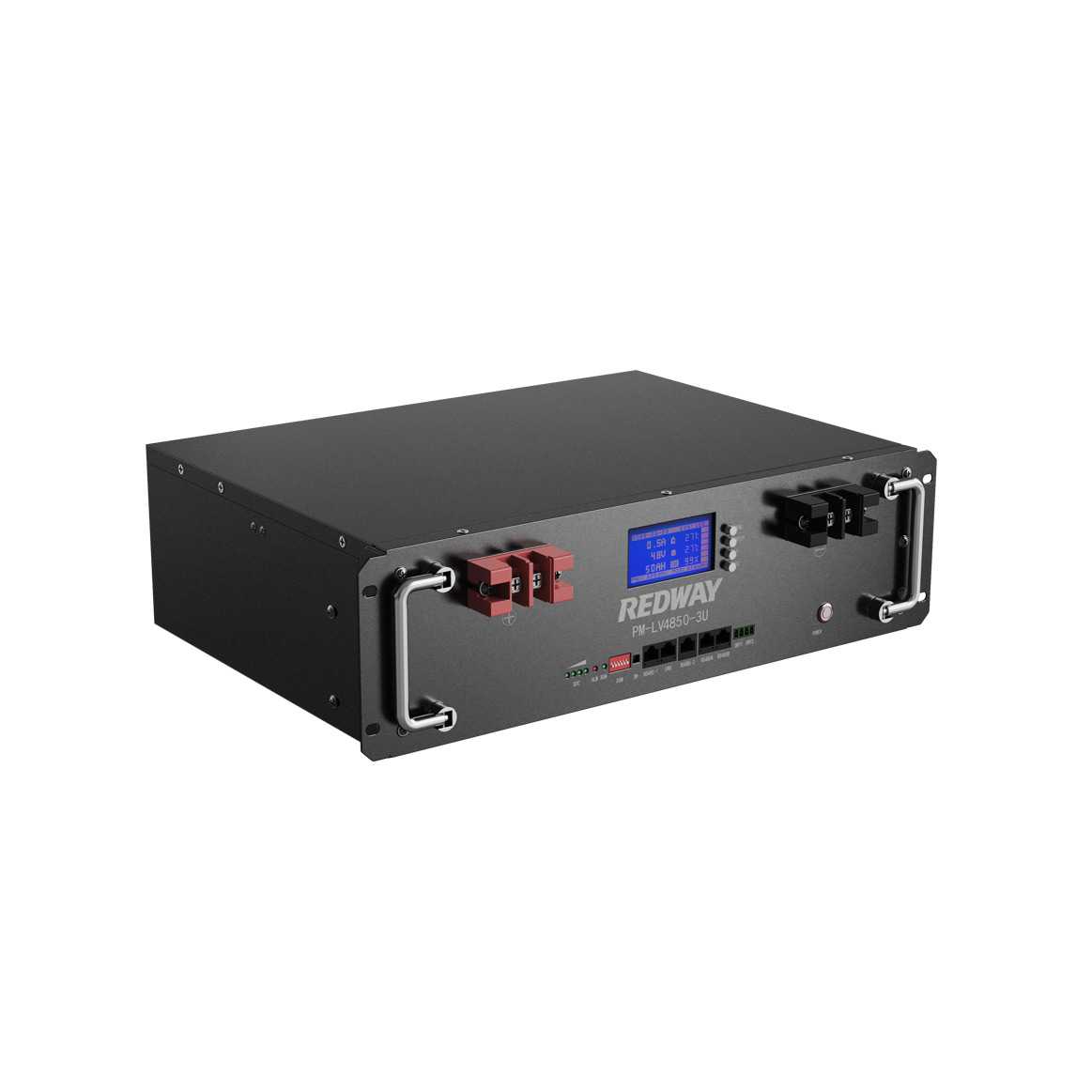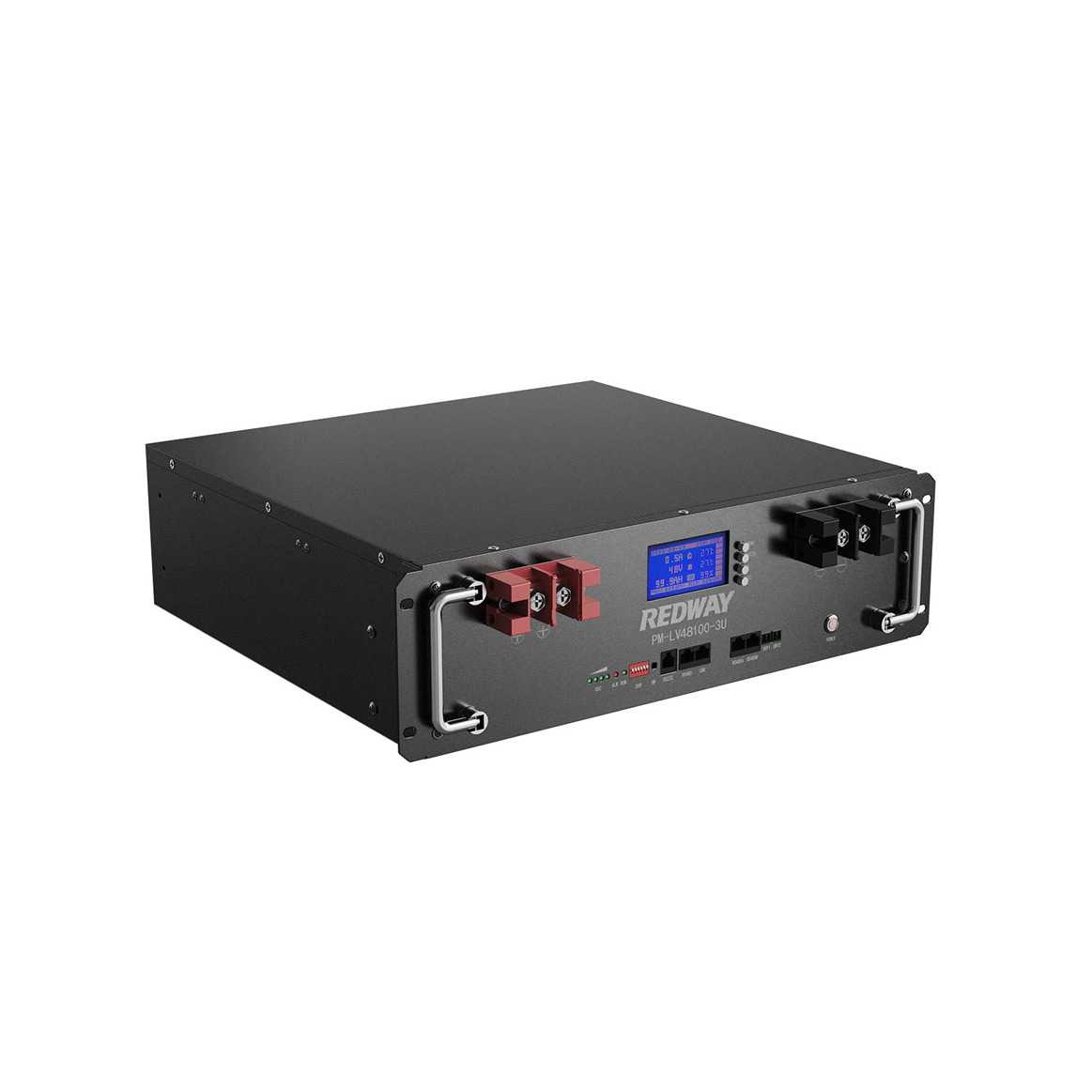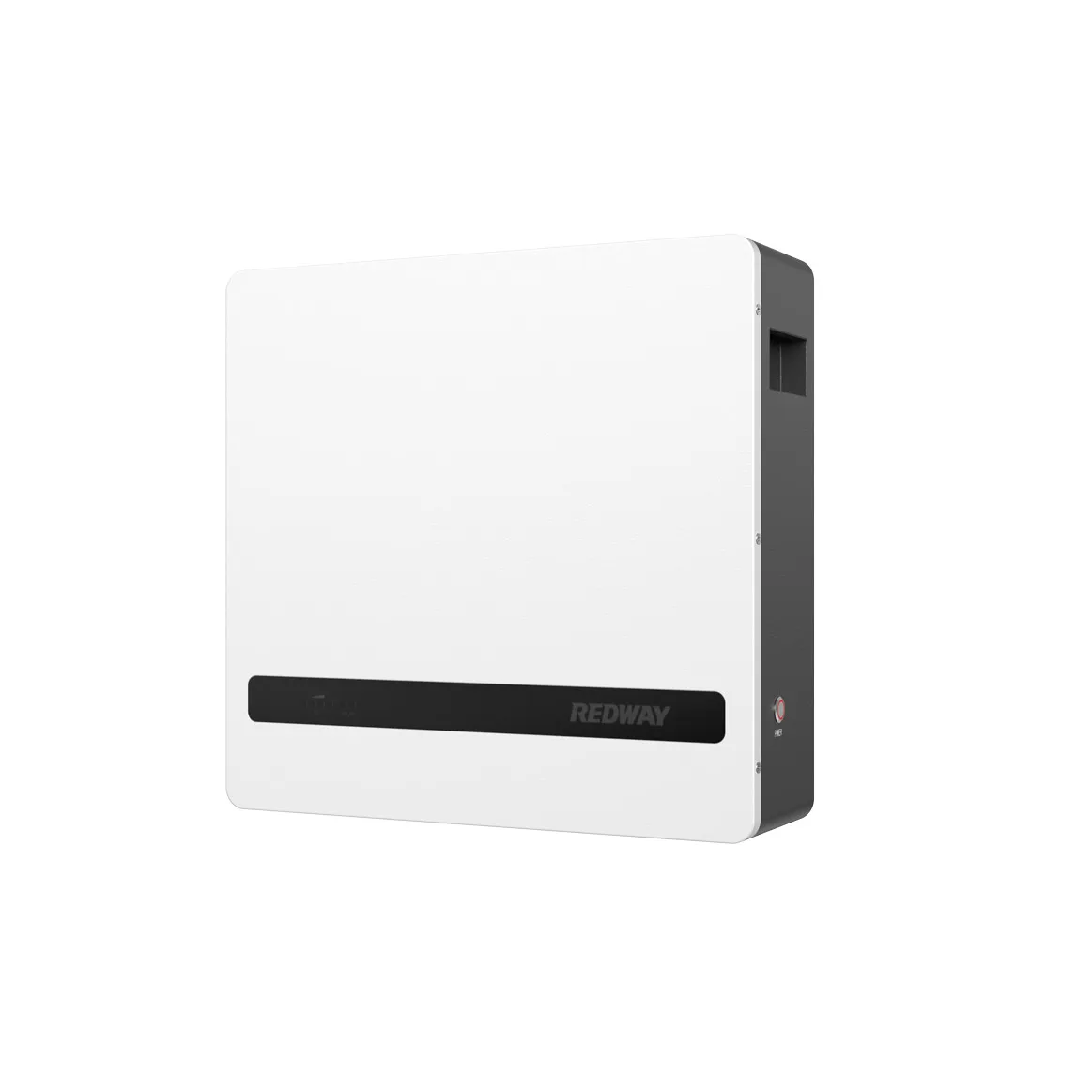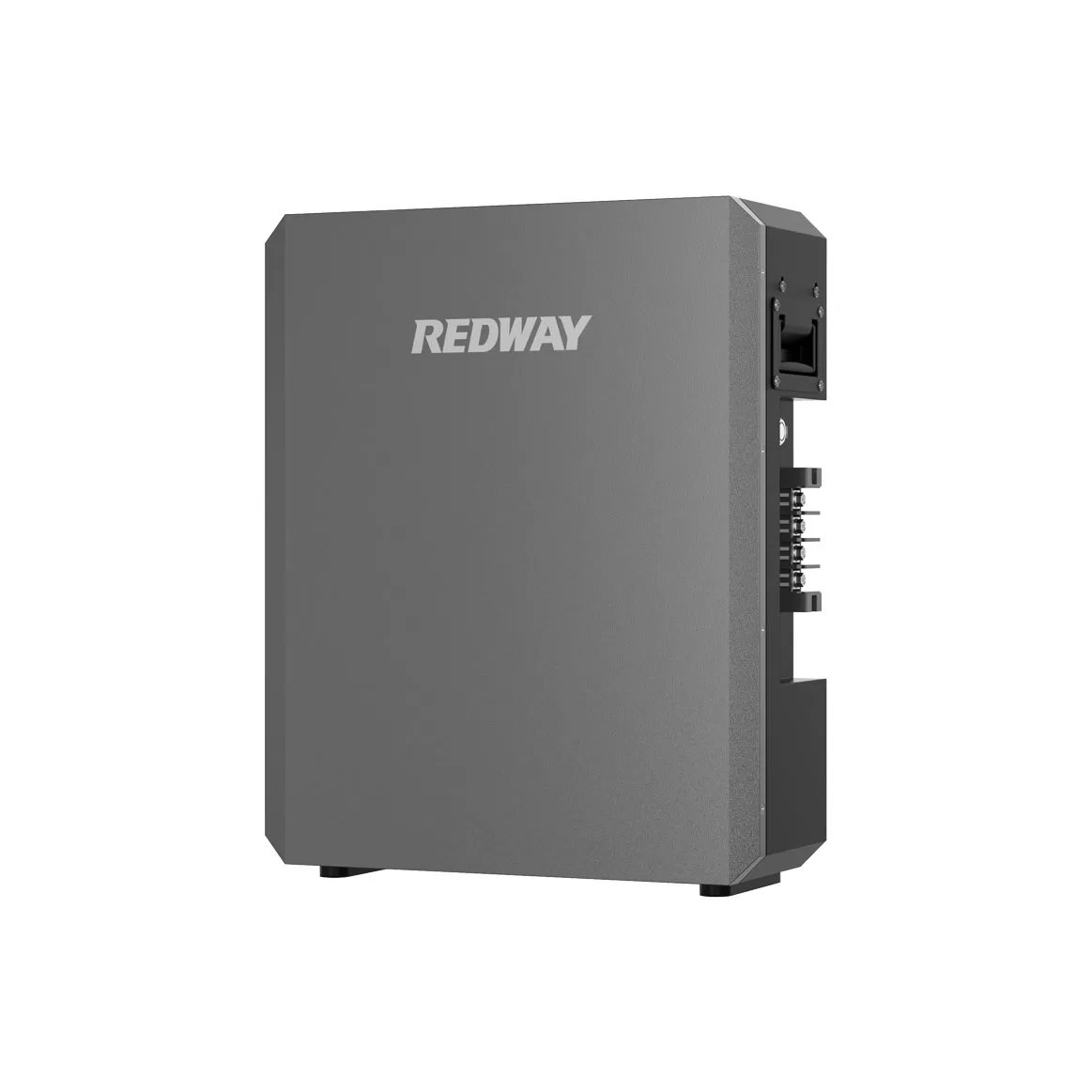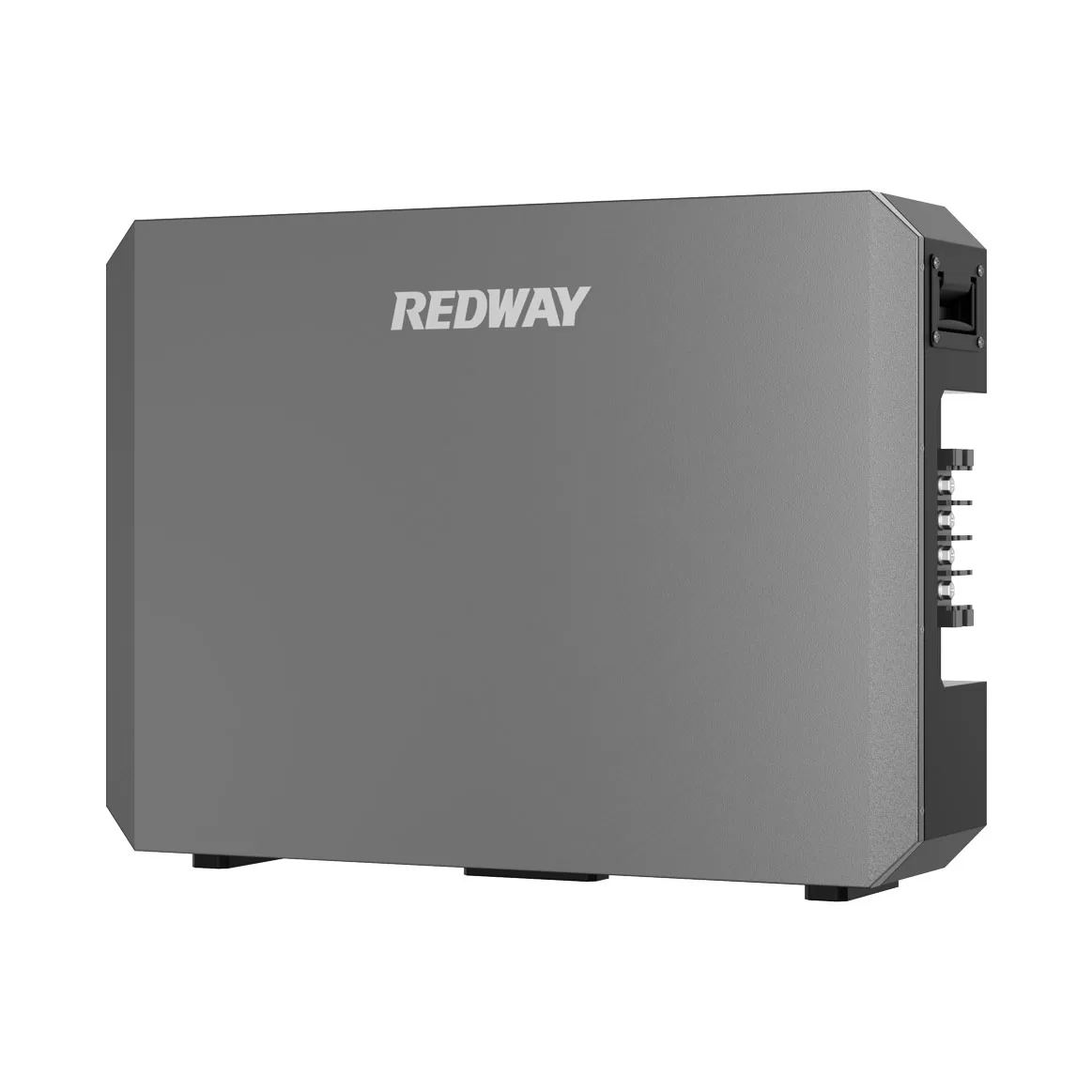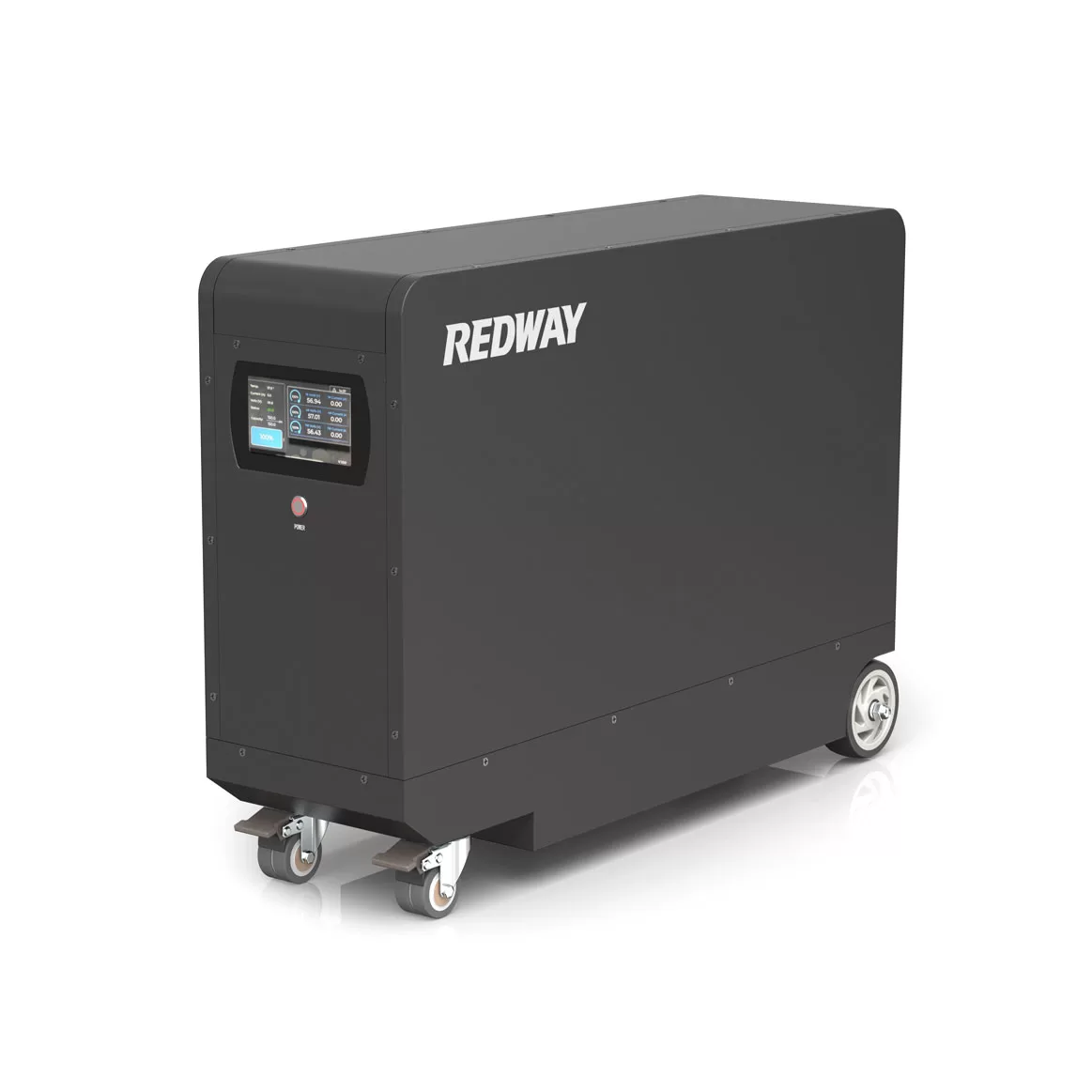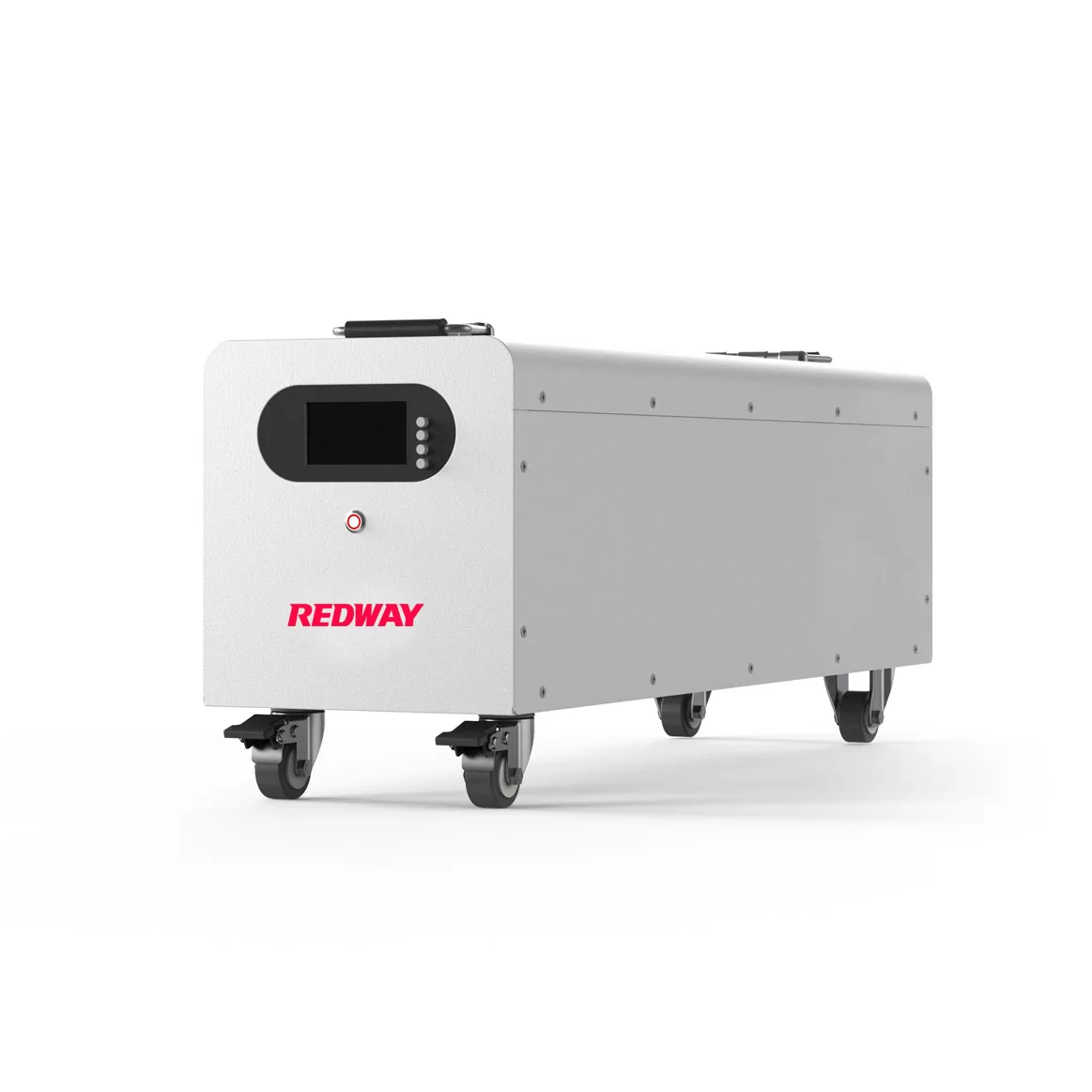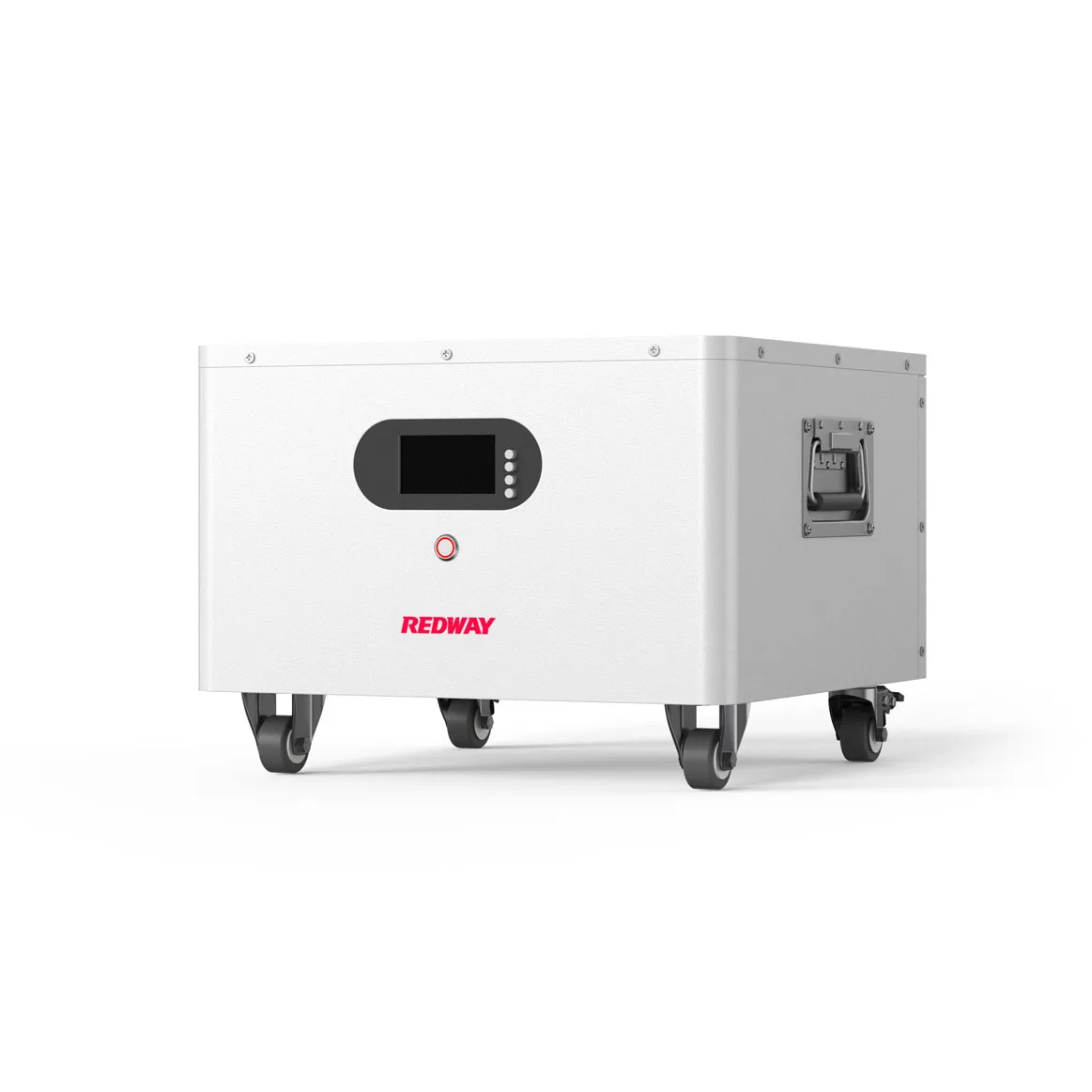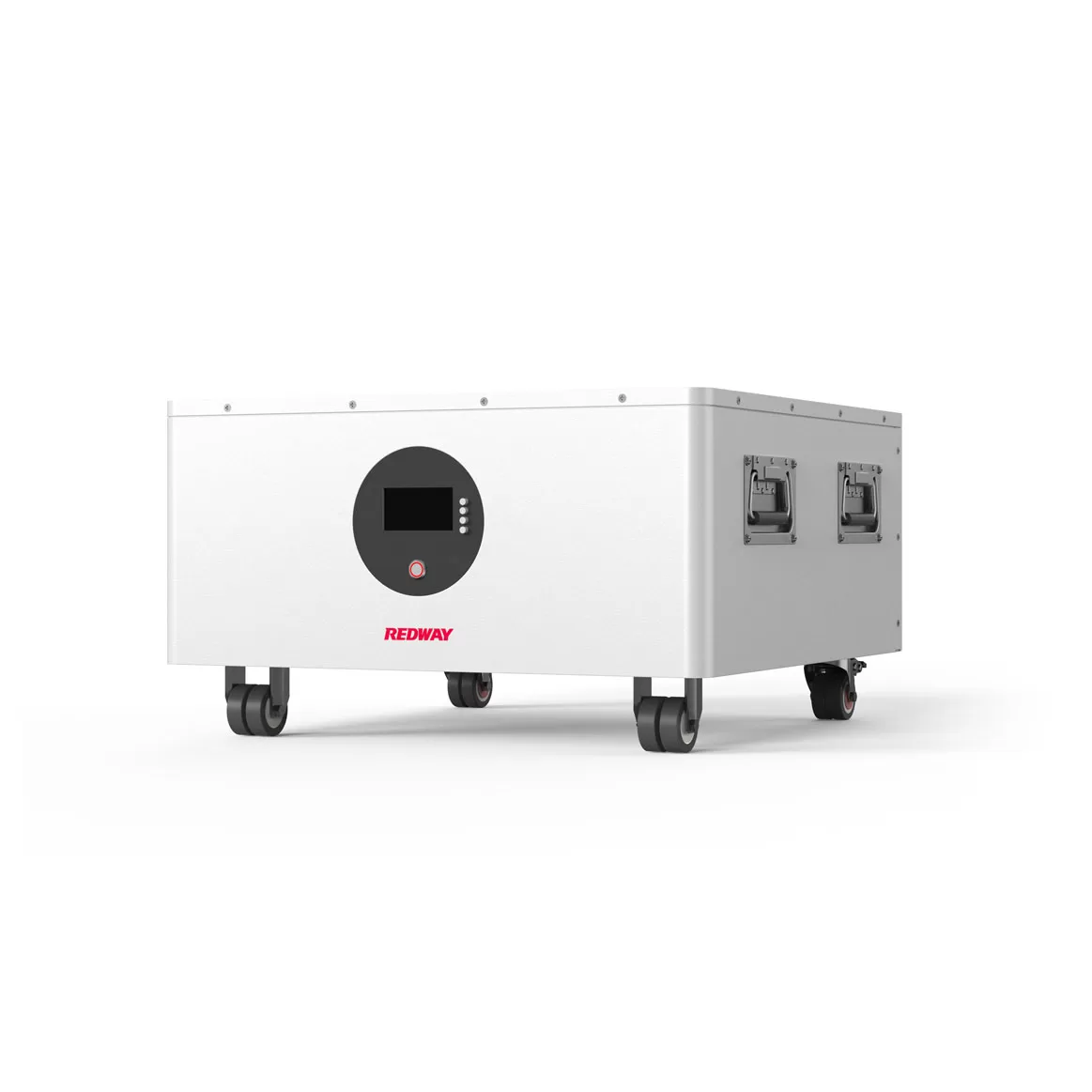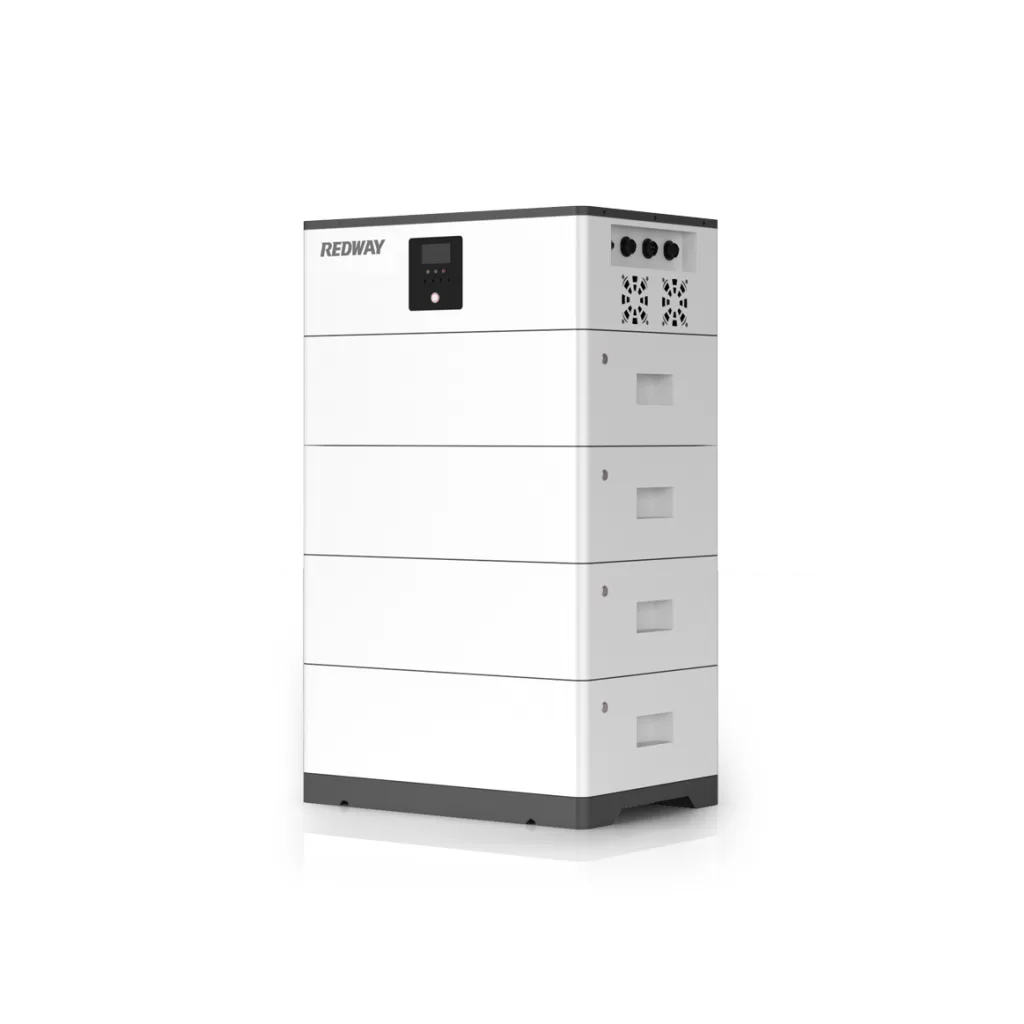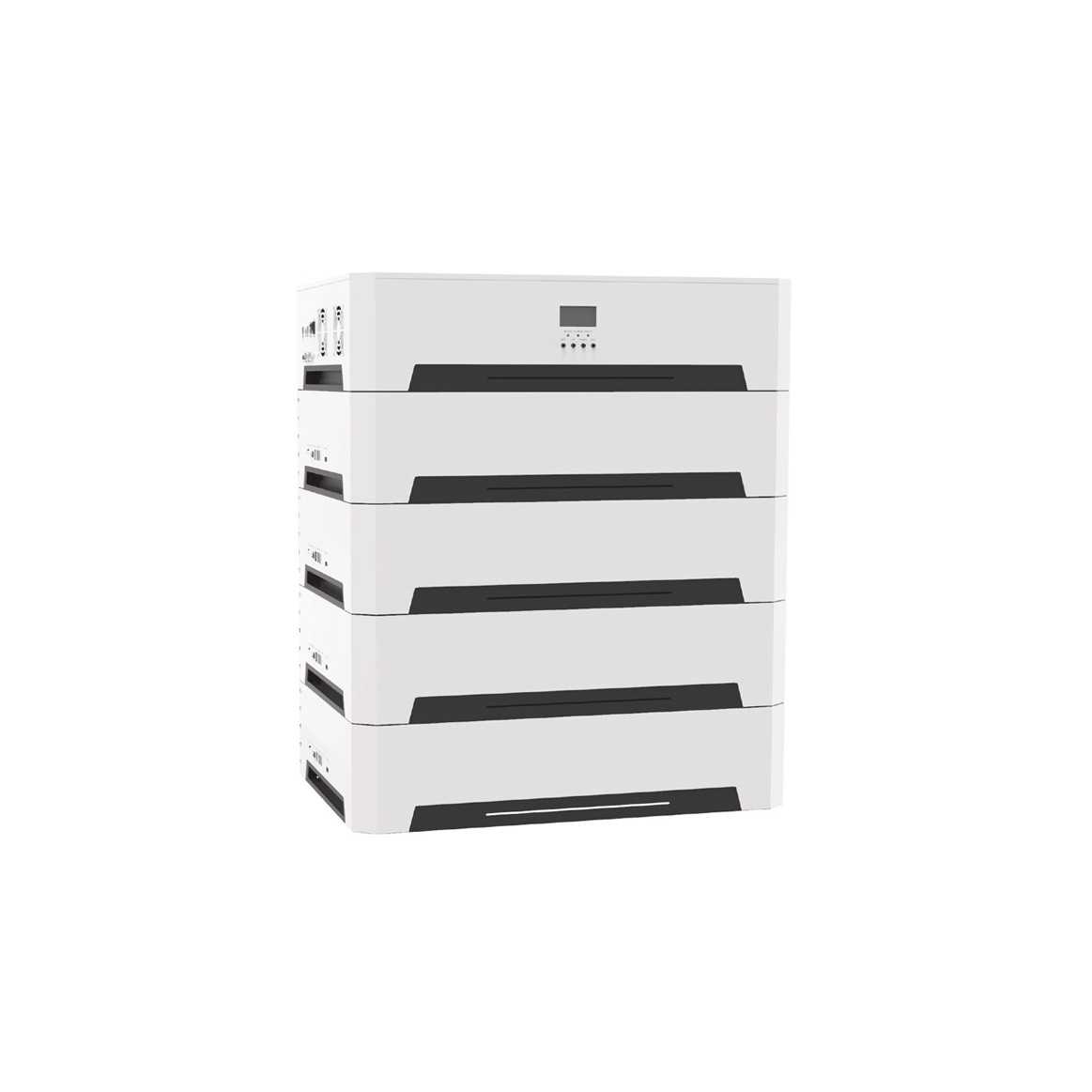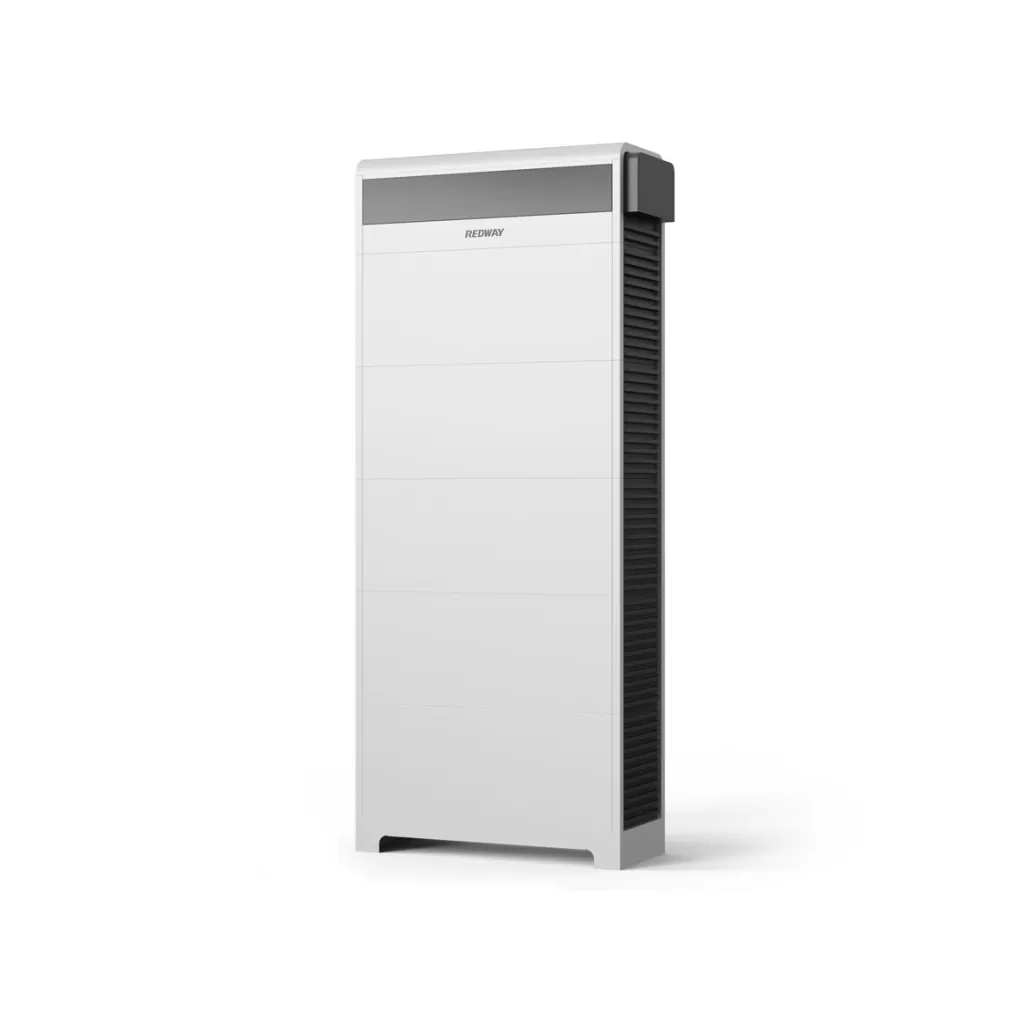Eguana Evolve هي شركة مزودة لنظام طاقة البطاريات السكنية. أنها توفر حلا مستداما وفعالا من حيث التكلفة للتخفيف من أوجه القصور في الشبكة التقليدية.
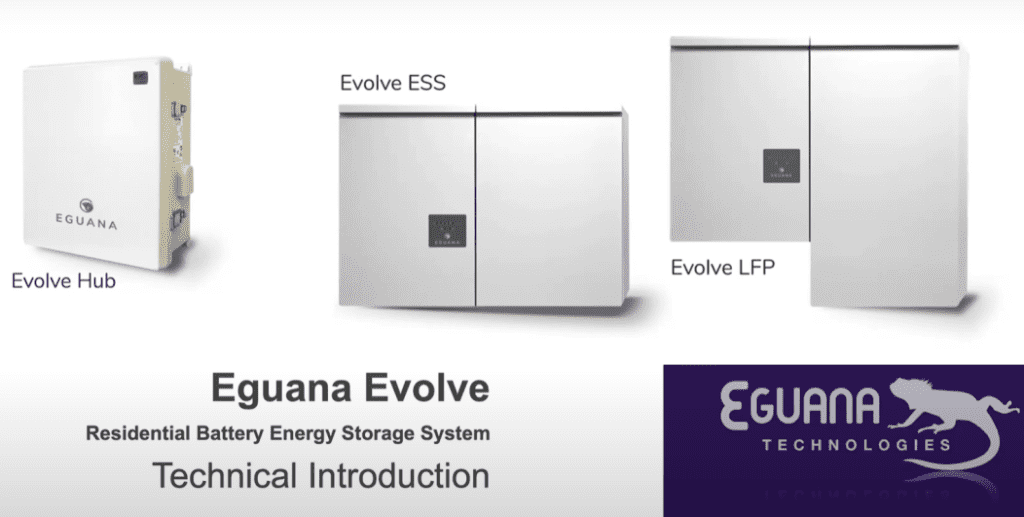
بعض المنتجات هي:
- إيفولف هب
- تطور LFP
- تطور ESS
التعريف التكنولوجي
Table of Contents
Toggle

هناك العديد من المصطلحات المستخدمة في منتجاتنا. بعض من أهمها هي:
- BESS: نظام تخزين طاقة البطارية.
- PCS 😛 نظام التحكم في الطاقة.
- BMS: نظام إدارة البطارية.
- EMC: وحدة تحكم إدارة الطاقة.
- EMS: نظام إدارة الطاقة.
- الكهروضوئية: الضوئية.
- ATS: مفتاح النقل التلقائي.
- SLD: مخطط سطر واحد.
- PKI: المفتاح العام
- CT: محول التيار.
- SOC: حالة الشحن.
- UID : معرف المستخدم.
- ECI: واجهة اتصالات الإغوانا.
- ARC: وضع الاسترداد التلقائي.
- PDU: وحدة توزيع الطاقة.
مقدمة المنتج

The following are the products of Eguana Evolve.
- Evolve System Components.
- System Architecture: AC Coupling Solar + Storage.
- ATS and EMC Functions.
- PCS Architecture (system layout).
- Battery Architecture (battery cabinet connections).
- LFP Battery Highlights.
- Battery System Protection Functions.
Function of Different Components
There are different components that make up the whole system.

The following are the components:
Monitoring
- Consumer Monitor.
- Installer User Interface.
- Fleet Aggregator Tools.
- Account Admin & Remote Configurability.
EMS
- Energy Management and Cloud Reporting.
- PV and Load Curtailment Controls.
- BESS Control via Modbus.
- System Fault Handling and Reporting.
- Automatic Transfer Switch.
PCS
- Power Control System (Inverter).
- Battery Gateway / Bridge to AC grid and AC loads.
- PCS Ensures Safe Operation of Battery and Inverter.
BMS + Battery
- Battery Management System / Battery.
- BMS Ensures Safe Operation of Battery.
- Battery Disconnect.
Pylontech LFP (US3000)
The battery used for powering our products is Pylontech LFP (US3000) which is a versatile and durable lithium-ion battery.

Some of the important characteristics of this battery are:
- Non-toxic, non-polluting and environmentally friendly.
- Protection functions including over-discharge, over-charge, over-current
- Flexible configuration, multiple battery modules can beconnected in parallel to extend capacity and power.
- Self-cooling mode with reduced system noise.
- Themodule has less self-discharge and up to 6 months without charging.
- Excellent performance of shallow charge and discharge.
- Working temperature range is from -10oC to 50o C (Charging 0o C-50o C; discharging -10o C-50o C).
- 6,000-cycle life,10-yr.warranty (15+ years design).

Energy Algorithm
Control of system is based on Solar Self Consumption algorithm.

According to this algorithm:
- Battery Charged when Solar > Load.
- Battery Discharged when Solar < Load.
- Excess PV Exported to Grid.
System Architecture
The following picture shows basic architecture of Eguana System.

Power Conversion System
Power Conversion System (PCS) is built in for battery protection.

Some of its important functions are:
Auto-recovery feature
- Batteries go into hibernation mode (do not turn ON from module power switchwhen dropping below critical minimum SOC. PCS has controls to take battery out of hibernation.
- No need for external battery charging equipment.
Battery Maintenance Routine
- Ifany battery module SOC vs battery rack SOC is >3% delta, PCS warns EMC to prioritize automated SOC balancing routine following end of priority use case
PCS Pre-Charge Circuit
- Prevents high inrush currents to PCS bulk capacitors when battery power is When shut-off, reduces standby losses in sleep mode.
System Design Considerations

Following are some design considerations that should be taken into account :
- PV to Battery System Ratios.
- Breaker sizing
- Backup Power
- Battery capacity sizing based on nominalload
- PCS output power limitations (inrush & transient performance)
- Typical home load profile examples
- Notable home load cases (backup load planning)
- What equipment do you need to measure total blackstart load profile?
- Single Line Diagram Review – AC Coupled Solar + ESS with Backup
PV Inverter to Battery Inverter Ratios

The general rule to follow between PV Inverter to Battery Inverter Ration is 1:1.
Some of the benefits of this ratio is:
- Allows battery to absorb peak PV current until battery is full(no off-grid loads).
- Battery charge is limited to 5kW (240V/20.8A).
- Battery discharge has limited surge capability, up to 8.5kW (240V/35A).
Related Posts
- يشير الاستثمار المتزايد في تقنيات الطاقة النظيفة إلى تحول عالمي نحو الاستدامة
- يستعد الحقل لبدء أعمال البناء في موقع تخزين البطاريات في نيوبورت بقدرة 40 ميجاوات في الساعة
- يحذر مشغل الشبكة من أن تحول الطاقة في أستراليا يشكل مخاطر نقص الطاقة وسط تقاعد أسطول طاقة الفحم
- يتعين على الشركات التحقق من معرض RE+ Solar Expo 2023 المنعقد في الولايات المتحدة
- يبتكر فريق Better/e في TU/e بطاريات تدفق الأكسدة والاختزال الصديقة للبيئة والفعالة من حيث التكلفة لتزويد مدن بأكملها بالطاقة
- واط، فولت، أمبير، وأوم: ما هي الاختلافات
